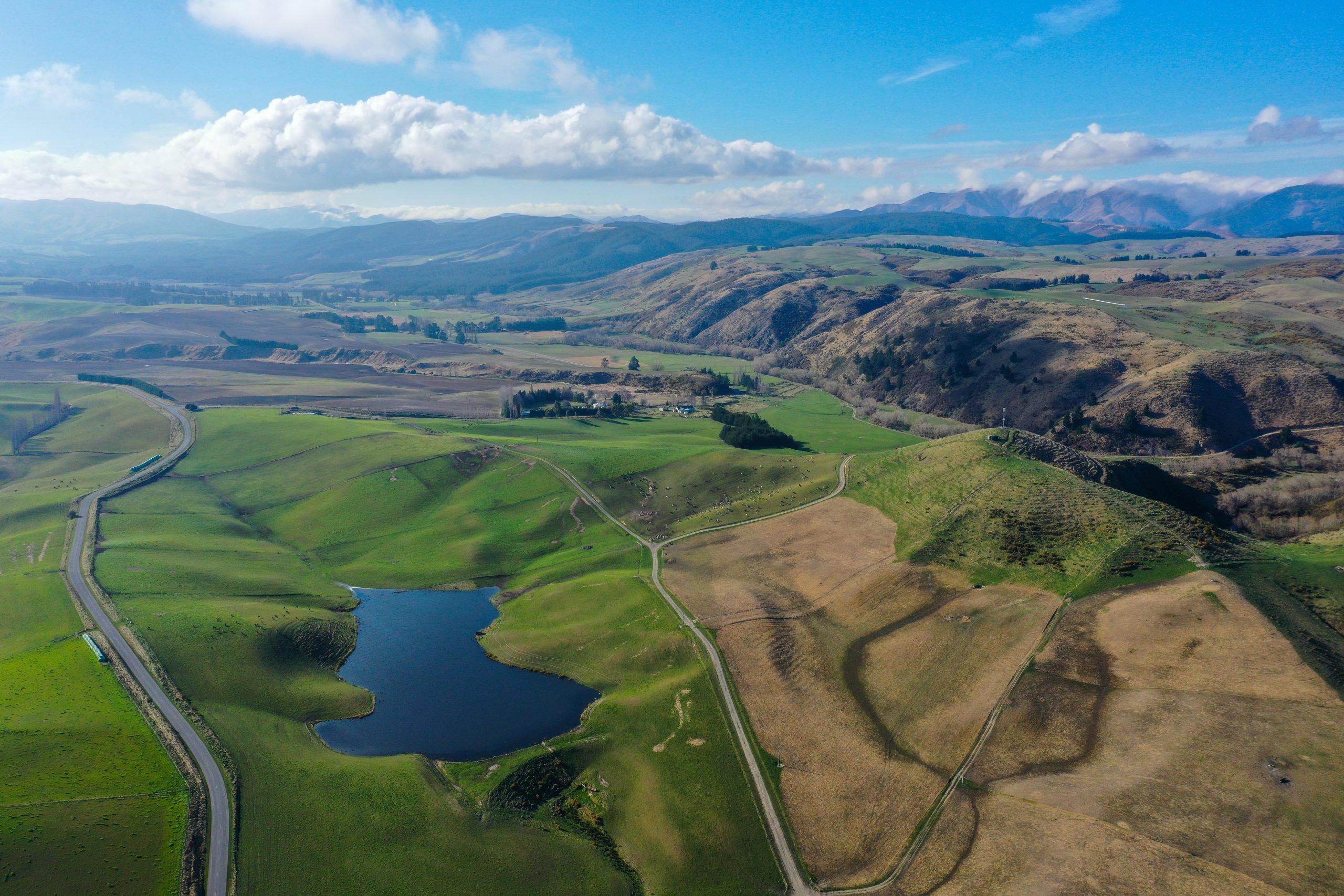Nitrogen use drops 12%
Farmers were getting very clear signals from central and local government, customers, consumers of the need to reduce nitrogen use - even before Russia’s war in Ukraine, Karen Trebilcock reports.

NITROGEN FERTILISER SALES dropped 12% from the end of May 2020 and the same time in 2022 according to the Fertiliser Association.
Ravensdown GM innovation and strategy Mike Manning said it wasn’t just because of the price increase.
“We saw usage dropping before the war in Ukraine put the prices up.
“Farmers were getting very clear signals from central and local government, customers, consumers and from us that we needed to be better at how we use nitrogen.
“The price increases just made farmers even more efficient at using it.”
The Fertiliser Association estimates dairy farmers account for 63% of nitrogen usage in New Zealand, with sheep and beef 28%, arable at 6%, horticulture 2% and deer farming 1%.
Nitrogen usage peaked in the 2019/2020 season at 450,000 tonnes.
While Ballance provides about 30% of nitrogen fertiliser products from its Kapuni plant, Ravensdown imports all its product, mostly from Saudi Arabia.
“Saudi Arabia is the major producer in the world and they have very efficient, very large and very modern facilities so their carbon footprint is relatively low,” Mike said.
“There are very small differences between the New Zealand made product and what we import but if you had a handful of both you couldn’t visually tell the difference.”
With farmers using the product mainly in spring and autumn, he said shipping was closely monitored so there would always be enough.
“We have very good data on the historic demand so we know when we need to have it in the country. We ship for a July arrival for August usage, in August for September, so we’re always a month early.”
Although farmers mostly used straight urea in the 1980s and 1990s, now half of Ravensdown sales were of coated product.
“The urease coating protects for losses to the atmosphere so it makes the product more efficient.
“You can put less on, which is also one of the reasons why the amount being used is dropping.
“It’s likely in the future we’ll see additional coatings to reduce these losses even further.
“We coat the urea at our New Zealand facilities as this gives us the desired flexibility. We source the coating materials separately from the urea.”
Farmers were also using blends of urea and ammonium sulphate, especially in spring, to add sulphur to pastures.
Further blends and coatings would be available in the future.
“In the 41 years I’ve been working in the industry I have never seen more opportunity from technology and systems to give us better products to help farmers and improve the environment.”





